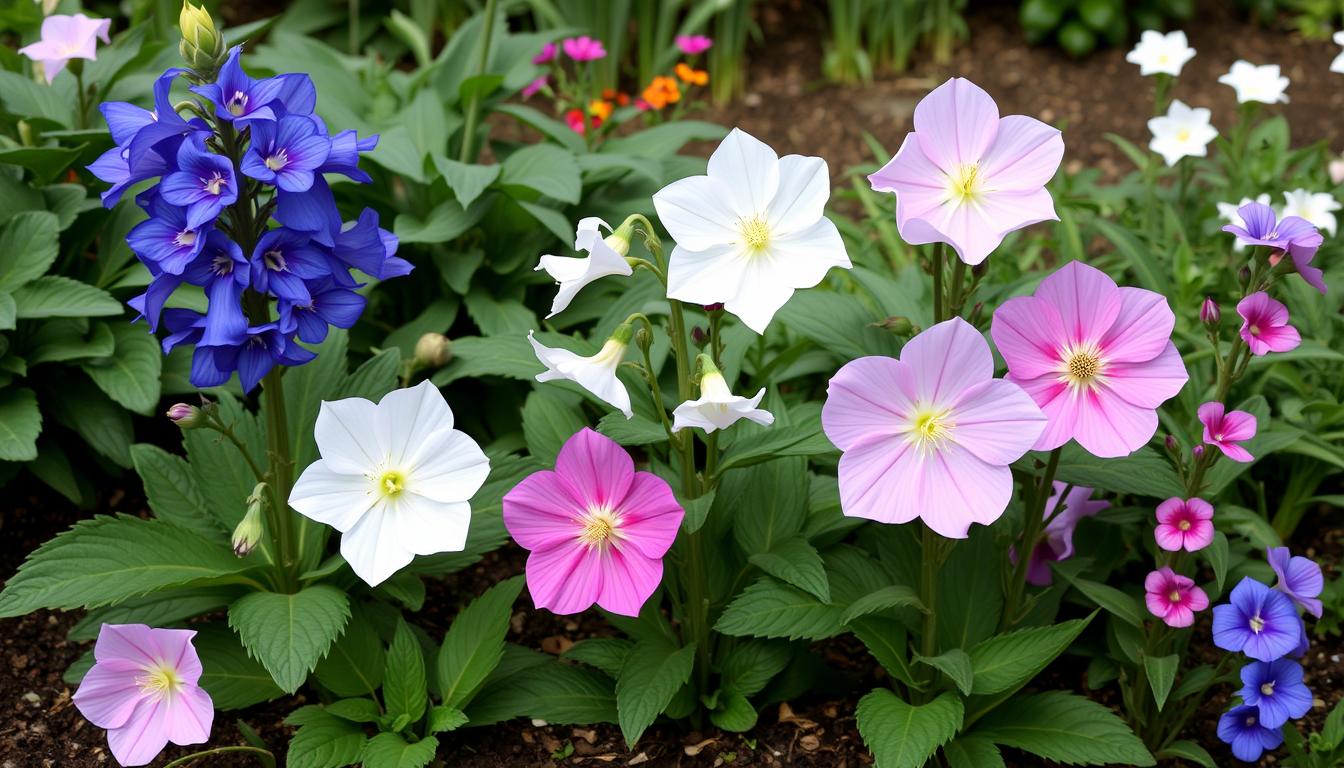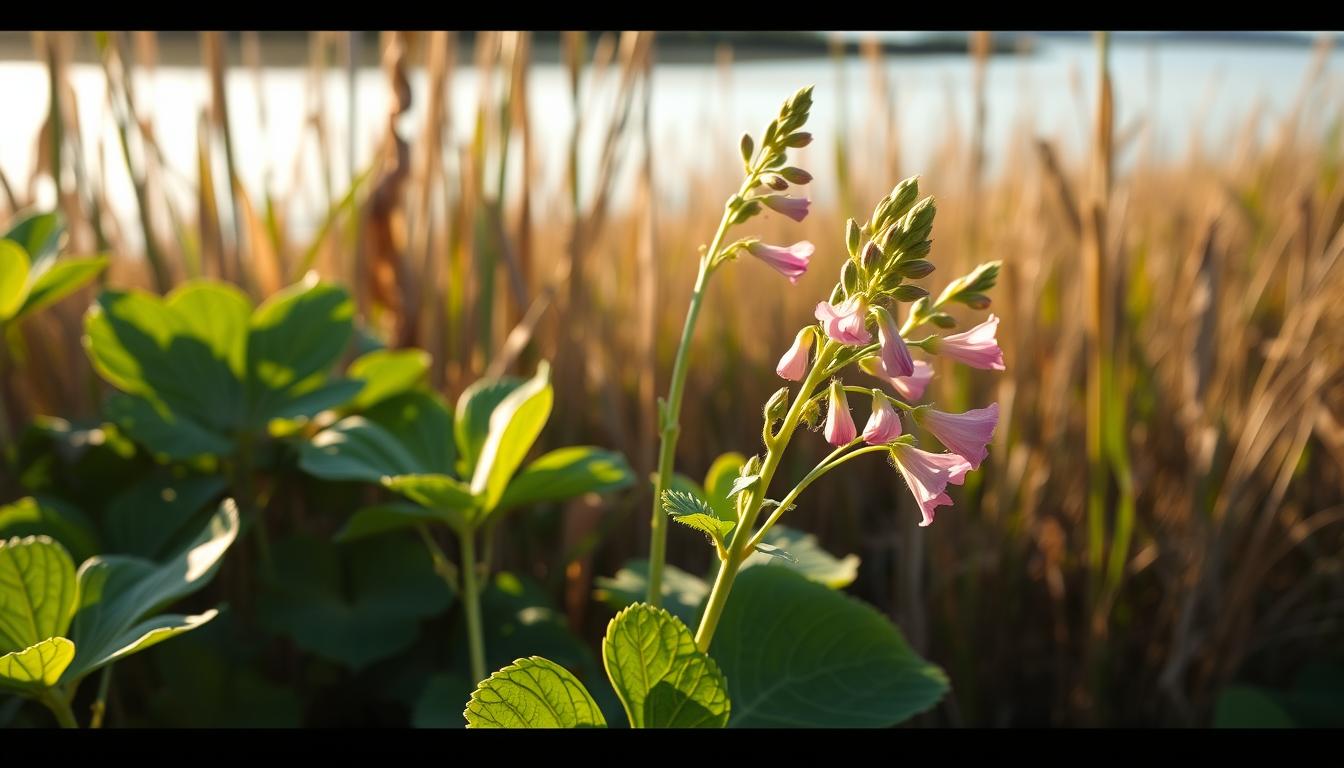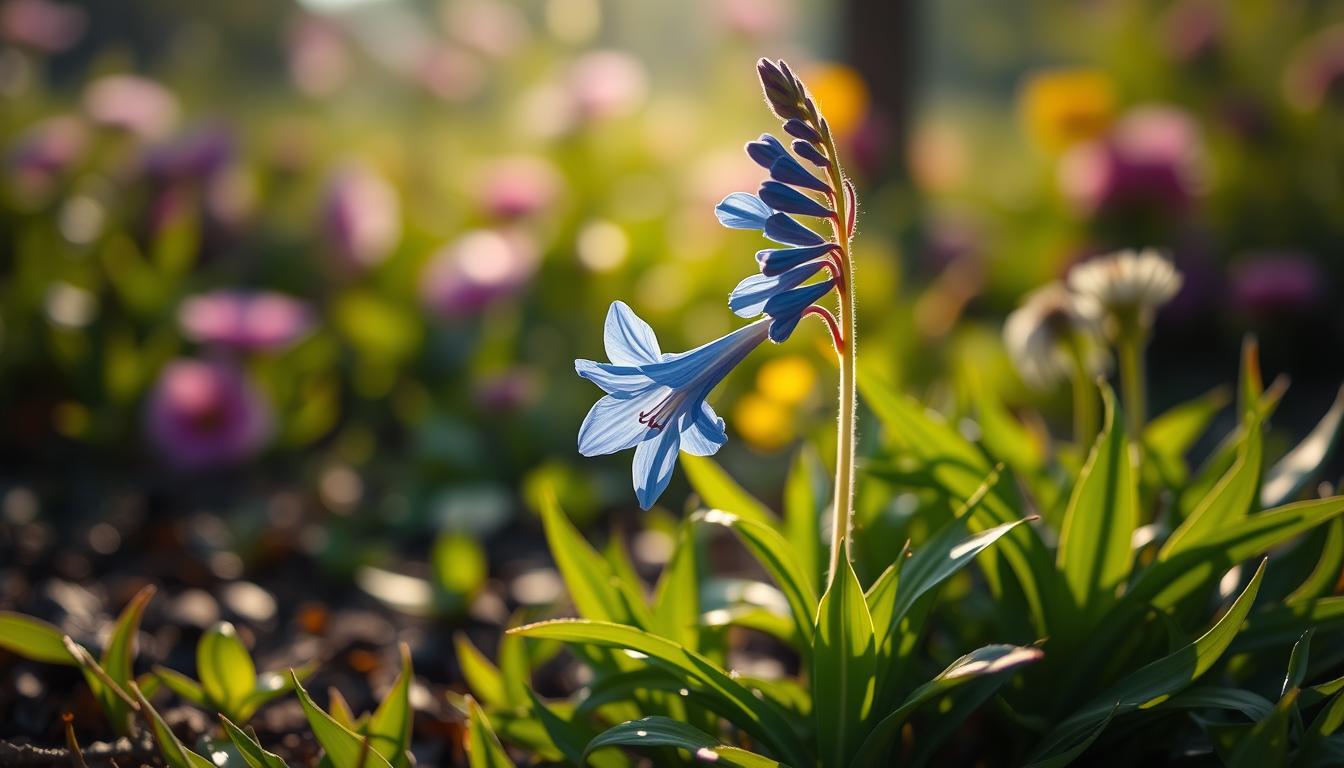How to Grow and Care for ‘Mona Lavender’ Plectranthus
“Flowers always make people better, happier, and more helpful; they are sunshine, food, and medicine for the soul.” – Luther Burbank’s timeless words capture why botanical treasures like the Mona Lavender captivate indoor gardeners. With velvety purple blooms and silver-veined foliage, this South African native defies seasonal norms by flowering vibrantly in autumn and winter.
Unlike typical houseplants, this variety thrives when others fade. Its resilience and low-maintenance nature make it ideal for modern homes. Collectors prize it for adding year-round beauty to spaces with minimal effort.
Our guide simplifies expert-level cultivation. Learn to balance light, water, and nutrients for optimal growth. Discover propagation secrets and troubleshooting tips tailored to U.S. climates. Whether you’re a novice or seasoned gardener, this manual transforms challenges into thriving results.
Understanding Your ‘Mona Lavender’ Plectranthus
This botanical gem brings South Africa’s warmth into your living space. Its tropical roots shape every aspect of care, from air moisture to seasonal rhythms. Let’s explore what makes this plant thrive indoors.
Native Region and Ideal Indoor Environment
Originating from coastal forests, this species loves 65-80°F temperatures – the same range humans find comfortable. Keep it away from drafty windows or AC vents. Humidity levels above 40% mimic its natural habitat.
| Native Conditions | Indoor Needs |
|---|---|
| Dappled sunlight | Bright indirect light |
| High humidity | Pebble trays/misting |
| Well-draining soil | Pot with drainage holes |
Unique Features and Year-Round Beauty
The plant’s dark-green leaves reveal purple undersides when stirred by breezes. From September through winter, spikes of lavender flowers emerge like living jewelry. This dual-season display makes it perfect for tabletops or hanging baskets.
Reaching 24 inches tall, it fits most home spaces without crowding. Unlike many flowering plants, it’s completely safe around pets. Rotate the pot weekly to maintain symmetrical growth and even beauty.
How to Grow and Care for ‘Mona Lavender’ Plectranthus: Water, Light, and Soil Essentials

Mastering three core elements ensures vibrant growth and year-round flowering. Precision in moisture management, strategic placement, and substrate selection form the foundation of success. These factors work synergistically to replicate the plant’s natural habitat.
Hydration Balance Techniques
Provide 0.5 cups of water every 9 days for 5-inch containers. Larger pots require adjustments:
| Pot Size | Water Amount | Frequency |
|---|---|---|
| 5″ | ½ cup | 9 days |
| 8″ | 1 cup | 7 days |
| 12″ | 2 cups | 5 days |
Check moisture by inserting a finger – wait until the top inch feels dry. Reduce frequency by 30% during winter dormancy.
Illumination Strategies
Position plants less than 12 inches from south-facing windows. They need 6-8 hours of bright, filtered indirect light daily. Direct sunlight burns leaves, while low light causes leggy growth.
Use sheer curtains as UV filters. Rotate pots weekly for even exposure. Supplemental grow lights prevent seasonal light deficiency.
Substrate Optimization
Combine these components for ideal soil structure:
- African violet potting mix (base)
- Perlite (25%)
- Vermiculite (15%)
Ensure containers have multiple drainage holes. Add gravel layers beneath the soil to prevent waterlogging. Repot every 18 months to refresh mineral content.
Nutrient Management and Maintenance Techniques

Sustaining vibrant growth requires strategic feeding and precise upkeep routines. This botanical marvel thrives when its nutritional needs align with seasonal growth cycles. Proper techniques prevent overfeeding while maximizing flowering potential.
Repotting and Fertilization Strategies
Refresh containers when roots fill 75% of the space or annually in early spring. Use fresh potting mix containing:
- Organic compost (40%)
- Perlite (30%)
- Peat moss (30%)
Upgrade pots just 1-2 inches wider to avoid root rot. For established plants, apply balanced fertilizer every 14 days from March to October. Dilute water-soluble formulas to half strength.
Pruning, Branching, and Propagation Tips
Pinch stem tips monthly to create bushier specimens. Take 4-inch cuttings below leaf nodes during active growth phases. Root in water for 3 weeks before transferring to soil.
Coordinate maintenance tasks with seasonal changes. Reduce feeding when temperatures drop below 60°F. For companion planting ideas, explore our guide to groundcover plants that pair well with shade-loving species.
Advanced Troubleshooting and Care Adjustments

Cultivating healthy specimens requires decoding nature’s warning signs. Immediate action prevents minor issues from escalating into serious complications. Let’s explore professional-grade solutions for maintaining peak vitality.
Diagnosing Common Plant Health Challenges
Yellow leaves often reveal water mismanagement. If foliage feels soggy, check for root rot by inspecting the soil line. For severe cases:
- Remove affected roots with sterilized shears
- Replace 80% of contaminated soil
- Apply cinnamon powder to prevent fungal growth
| Symptom | Likely Cause | Immediate Action |
|---|---|---|
| Crispy leaf edges | Low humidity | Install pebble tray |
| Drooping stems | Temperature stress | Relocate plant |
| Brown spots | Mineral buildup | Flush soil monthly |
Climate Adaptation Strategies
Adjust care routines as seasons shift. Summer demands increased humidity control, while winter requires reduced watering. Key adjustments for U.S. regions:
- Use room humidifiers when indoor heat drops moisture below 40%
- Rotate plants away from cold drafts during heating months
- Increase light exposure by 25% in darker winter weeks
Monitor leaf texture and color changes weekly. Healthy specimens should maintain firm stems and vibrant purple undersides. For persistent problems, consult local gardening extensions for soil testing services.
Final Strategies for a Thriving ‘Mona Lavender’ Plectranthus
Elevating indoor spaces becomes effortless with proper cultivation of this vibrant botanical specimen. A maintenance checklist ensures success: balance indirect sunlight, monitor humidity levels, and maintain consistent drainage. Rotate specimens weekly to showcase their signature purple undersides and symmetrical growth.
Seasonal adjustments prove critical. Increase watering frequency during spring growth spurts, then reduce moisture as temperatures drop. Pair with Swedish ivy or other shade-tolerant species for striking displays. Refresh potting mix every 18 months to replenish nutrients.
Expand collections through stem cuttings rooted in water. This technique multiplies houseplant displays while preserving genetic traits. For persistent issues, review care fundamentals before considering environmental factors.
Properly nurtured, this plant transforms home environments with year-round visual interest. Its dual foliage and floral appeal reward growers who master its straightforward requirements.



